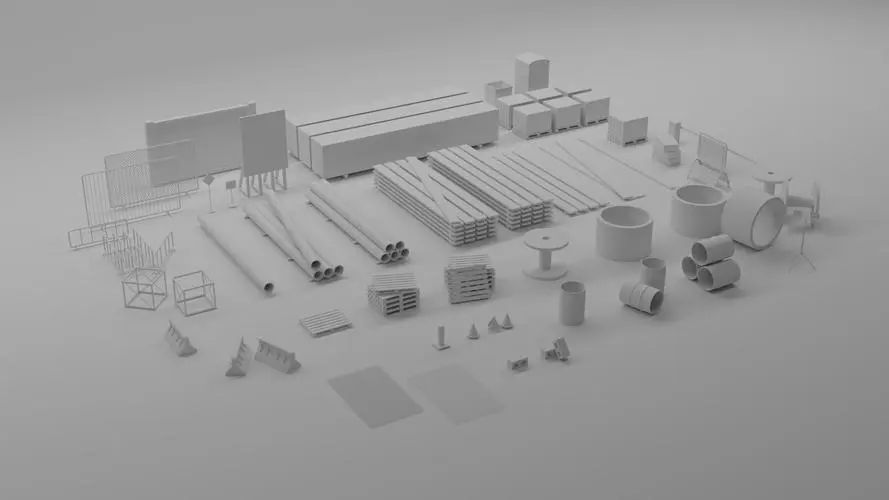The Future of Construction: the Rise of 3D Printing Services
Revolutionizing the Construction Industry with 3D Printing Technology
The construction industry is on the cusp of major change, fueled by the emergence of 3D printing technology. This innovative method not only simplifies the construction process, but also enhances the ability of builders to accurately produce complex designs at a much lower cost. The concept of 3D printing in construction involves the use of robotic arms equipped with nozzles to extrude specially formulated concrete or composite materials layer by layer, creating structural elements directly on or off site in a controlled environment.
3D Printing Industry Leaders
Several pioneering companies are at the forefront of the architectural 3D printing market, each demonstrating impressive sales performance and strong growth trajectories. For example, U.S.-based ICON has successfully printed more than a dozen homes in North America, demonstrating the commercial viability and efficiency of the technology. In Europe, Dutch company MX3D completed a fully functional stainless steel bridge, demonstrating the potential of 3D printing in public infrastructure projects. These examples reflect the growing acceptance and adoption of the technology in the construction industry, which is driving further investment and research.
Drivers behind market demand
Demand for architectural 3D printing is being driven by a number of factors, including an urgent need for housing, a growing focus on sustainable building practices, and the continued pursuit of technological innovation in construction. Countries facing severe housing shortages see 3D printing as a viable solution for building quality housing quickly and cost-effectively. Additionally, the technology's ability to reduce waste and lower its carbon footprint aligns with global sustainability goals, further enhancing its appeal to environmentally conscious stakeholders.
Regional trends and consumer analysis
At the regional level, Asia-Pacific has become a hotspot for architectural 3D printing, particularly in China and India, driven by rapid urbanization and extensive infrastructure development. These countries have used 3D printing for projects ranging from residential construction to large-scale infrastructure, indicating a strong market with significant growth potential. Similarly, North America and Europe continue to invest in R&D, with numerous startups and established companies expanding their operational capabilities to meet the growing demand for innovative construction solutions.
Architectural 3D Printing Market Insights
The construction 3D printing market is expected to expand significantly over the next decade. Detailed analysis of company-specific data suggests that companies in the industry are not only increasing their revenue streams, but also enhancing their market share by expanding their production capabilities and forming strategic alliances. For investors, the timing to enter this market appears optimal given the industry's growth trajectory and the continued technological advances that are expected to further refine 3D printing capabilities.
The construction industry's embrace of 3D printing has far-reaching implications for future growth. With continued advances in materials science and printing technology, coupled with favorable government policies and financial incentives, the industry is poised to redefine the traditional construction paradigm. This shift not only brings economic benefits, but significantly improves the quality of construction and standard of living globally, marking a new era in the construction industry.
A comprehensive and in-depth analysis of current industry data on markets, competitors and suppliers.
In-depth research on key industry players and analysis of production and sales operations.
Objective forecasts of future trends in the industry.
Competition
Key players, new entrants,acquisitions, mergers and expansions,development trends and challenges.
Industry Analysis
Rawmaterial, application, product type, demand,supply,downstream, supply chain etc.
Market Size
Capacity, production, sales, revenue, price, cost etc.
Customized Information
We can offer customized survey and information to meet ourclient's need.